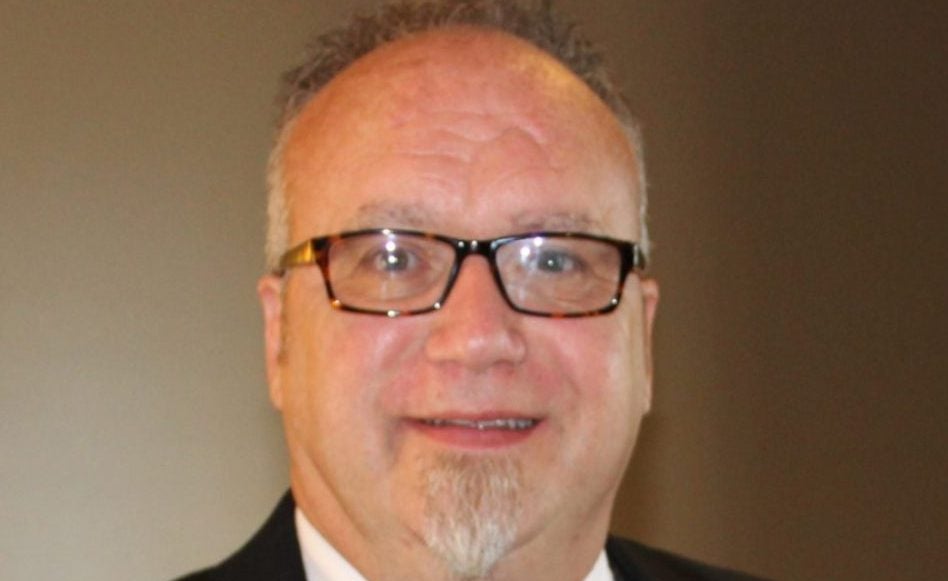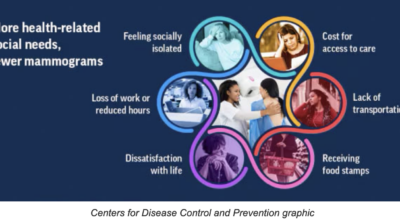What does public health do for us?
Published 10:44 am Monday, April 2, 2018
“Public health saved your life today. You just didn’t know it,” is a saying of Dr. Leana Wen, the Baltimore City health commissioner.
There are approximately 2,800 local health departments in the U.S., but when foodborne outbreaks, communicable diseases and chronic diseases are prevented before they even start, it can make the work of public health invisible.
In the words of Dr. David Bellinger of Boston Children’s Hospital and Harvard School of Public Health, “Prevention doesn’t have a lot of pizzazz. If you prevent something from happening, it’s a wonderful thing, but it’s hard to measure and take credit for.”
Clark County Health Department team members are often asked, “What is public health?” This is usually difficult to answer in a short timeframe since our work is far reaching and there are 10 essential public health services.
This year’s Public Health Week, April 2-8, is an excellent time to expound on these services and learn ways that you can get involved in “changing our future together.”
The 10 essential public health services and a few local examples of each are listed below:
Monitor health status to identify and solve community health problems.
— MAPP Partnership Community Health Assessment
— Quarterly disease surveillance report
Diagnose and investigate health problems and health hazards in the community.
— STD, HIV, TB and foodborne illness investigations
Inform, educate and empower people about health issues.
— abstinence and sexually transmitted disease (STD) education
— Diabetes Prevention Program and Self-Management classes
— Freedom from Smoking classes
— HANDS program for parents
— join community partners to provide Overdose Prevention Training and Narcan distribution in the community
Assure a competent public and personal health care workforce.
— CCHD strategic plan and workforce development plan
Mobilize community partnerships and action to identify and solve health problems
— MAPP Partnership
— participate in community health improvement planning efforts through the Activity Coalition, Walk Bike Clark County, Clark County Agency for Substance Abuse Policy (ASAP), Alliance for Local Food Access (ALFA), Better Health For Babies, Mental Health Task Force
— participate in local Disaster Emergency Services (DES) committee
— participate in Lifepoint/Local Health Department Coalition
5. Develop policies and plans that support individual and community health efforts.
— All Hazards Emergency Operations Plan
— Ebola Response Plan
— Tobacco-free schools
— MAPP Partnership Community Health Improvement Plan
Enforce laws and regulations that protect health and ensure safety
— Foodservice/retail food inspections
— Vaccinate animals at rabies clinics
— Quarantine animals for bite investigations
— Onsite septic system activities
— Nuisance complaint investigations
— Public facilities inspections
— Harm reduction syringe exchange program
Link people to needed personal health services and assure the provision of health care when otherwise unavailable.
— Pediatric, family planning, prenatal, WIC, nutrition, tuberculosis, sexually transmitted disease (STD), adult health and preventive cancer services.
— Referrals to higher level medical care.
— Home health care services.
— Addiction treatment referrals for participants of the needle exchange program.
— Social service referrals
Evaluate effectiveness, accessibility and quality of personal and population health services.
— CCHD quality improvement plan and performance management system
Research for new insights and innovative solutions to health problems.
— Clark County MAPP Partnership community survey
— National Association of County and City Health Officials Model Practice Award for the Clark County Dental Program.
— Review best practices and research to identify ways to address identified health problems.
Were you surprised by any of the above services? The usual response is, “I didn’t realize public health did that!”
Whether or not you realize it, you are an important part of our local public health system and we all have a stake in our community’s health status. Health status is mostly determined by the places where we live, work, play and pray rather than our genetic code, which is explained by the county health rankings.
In 2018 Clark County was ranked 51 in health outcomes and 24 in health factors out of Kentucky’s 120 counties. At first glance, you may think, ‘That’s not too bad.” Consider that Kentucky ranks near the bottom at 42 out of our nation’s 50 states and then you realize there is much work to do to improve health. The complete county rankings are available at www.countyhealthrankings.org and state rankings at www.americashealthrankings.org.
We don’t want public health to be the “best-kept secret.”
For more information about any of these services or to get involved in health improvement planning efforts visit www.clarkhealthdept.org or call 859-744-4482.
Jennifer Gulley, BSN, RN is the director of accreditation and performance management for the Clark County Health Department. Email her at jenniferh.gulley@ky.gov.



